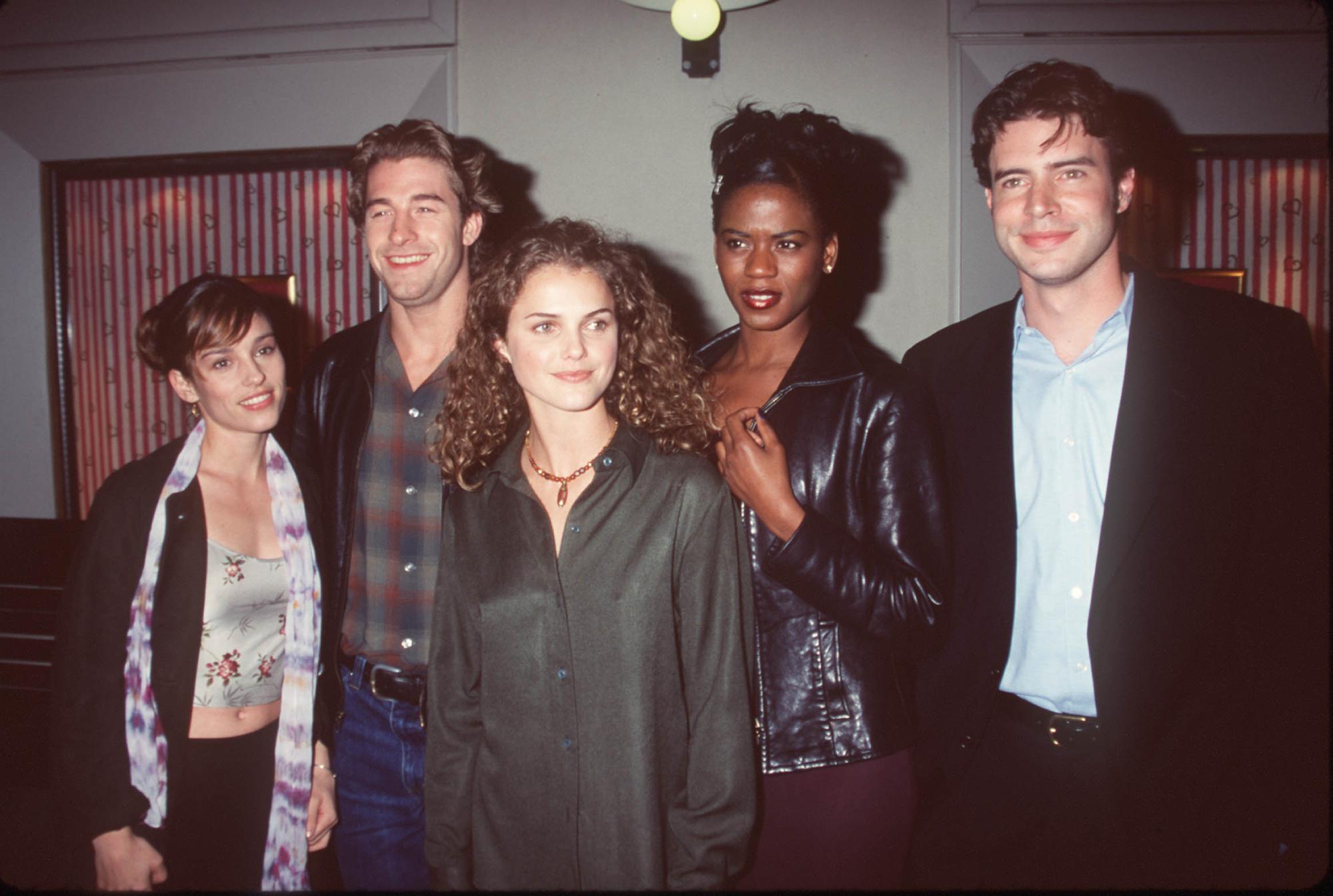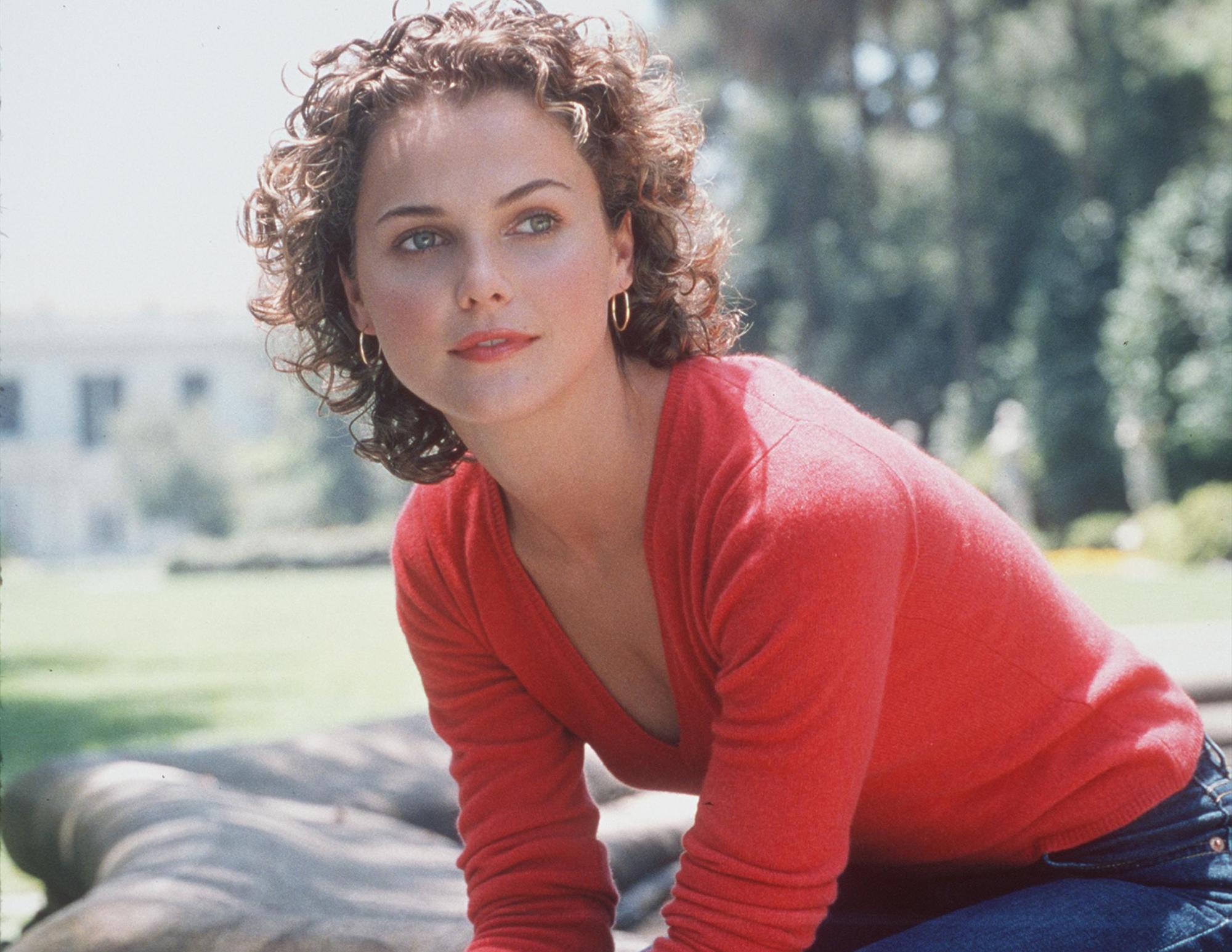To all women who were adolescents or young adults late 20th century and early 21st centuryit will sound safe Felicity. A feel good series, which narrated with innocence and little drama the transition from adolescence to adulthood. It was there where we met Keri Russellwhich would later triumph with The Americansbut also to Scott Foley and Scott Speedmanwhich have been less successful, but whose image does not leave our minds.
Felicity captures that change of stage but what it truly is, and does not hide it, is a love triangle. Ben or Noel, Noel or Ben. childhood lovethe bad boy (as bad as he can be in a series as white as this) or the most mature lovethe man who would give everything to protect you. Spoiler: in the end he chooses the bad guy.
And who was the architect of all this? Even if you don’t believe it, JJ Abramsbest known for being the brains behind the strange, but brilliant, lost. He was the one who devised the story but it seems that little by little he was getting tired of her and he left it aside to dedicate himself to Aliashis next success.
Why did Felicity succeed?
Unlike other series focused on young audiences such as Feeling of Living either Melrose Placethe bizarre plots They were not part of the imagination of Felicity. In this series we saw a protagonist transiting through this crucial stage in development, dealing with the typical problems that we could all meet.
No, in Felicity You were not going to find murders, extravagant infidelities or memory loss of the protagonist after falling down a staircase. It was all a lot more leisurely, naive even. And in each and every one of the chapters we saw Keri Russell with an infinite turkey crying in the corners because Ben didn’t pay attention to him or because Noel paid him too much attention.
Was easy to identify with the protagonist because she was a real person with real problems. Not so with its contemporary Dawson Growsa series that was difficult to empathize with, since you didn’t understand half of the things they said. Too much depth for characters who were supposed to be 16 years old. But Felicity It wasn’t like that. I plucked an eternal daisy while I experienced loneliness, valued friendship and learned great lessons that made him mature in each chapter.
Light secondary plots
Felicity It almost always had the same cast in its four seasons. In addition to the main trio, which could not be missing, we find Amy Jo Johnson who played Julia Emrick, an aspiring singer-songwriter who shared a bedroom with Felicity and who becomes her confidant. We had known her as Pink Power Ranger and, after passing through Felicityhe didn’t have too many important roles.

There was also Elena, played by Tangi Miller. This character was Felicity’s other best friend, and it seemed like she had been hired to meet the racial quota of the series. Because? Because in all four seasons It doesn’t have a single interesting plot. in which she is the center.
The two characters who did shine with their own light were the ones who, in principle, least had to do so. We are talking about Amanda Foremanlike the gothic and weird Meghan, and Greg Grunberg like Sean, a persistent inventor of useless things. The first was Felicity’s roommate and provided the most realistic point to the naive vision of the protagonist’s life and the second was Ben’s crazy roommate, who put the light touch to the depth they intended to give to the series.

I read there that Felicity It has not aged badly but I would add that it has not aged badly for the public who enjoyed it at the time and who are already graying today. Today’s young people are looking for more frenetic rhythms, more convoluted stories and more obvious sexualities. Felicity It wasn’t this. It was calm, it was friendship, it was love. and it was curly hair in the wind.
#Remembering #Felicity #college #series #turn #century #Zeleb


